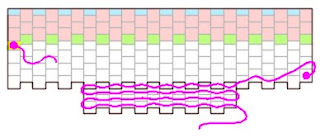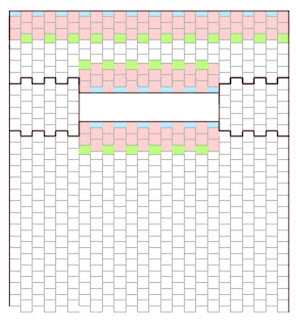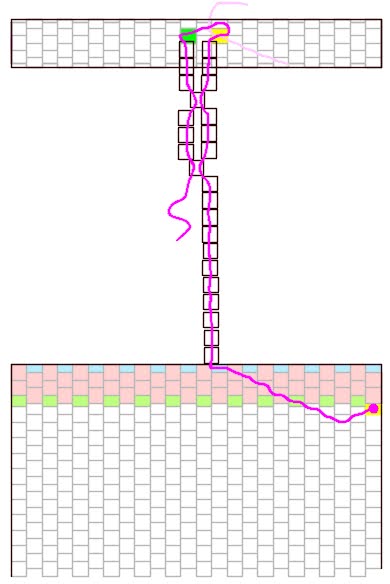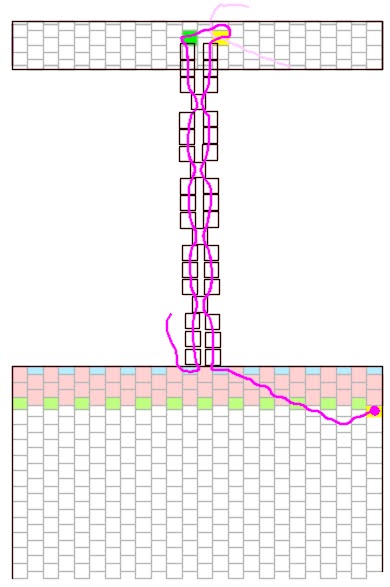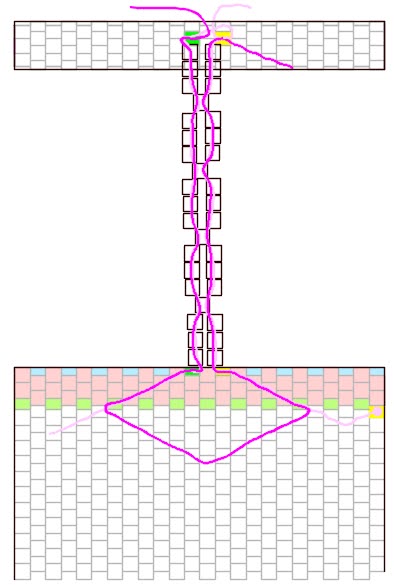When it comes to Easter, chocolate eggs are the first thing many think of. Certainly I love them! Eggs are a symbol of fertility and across the world they are linked to Spring for the return of life it brings. In Christianity, they are linked to the resurrecution of Jesus. Eating eggs was not allowed in Holy Week, the week before Easter, so any laid were painted and saved before they were given to children. The Victorians started giving gifts at Easter in egg shaped boxes. Chocolate eggs were first developed in France and Germany during the 19th Century and eventually hollow eggs were developed.
Given the symbolism of eggs and the widespread tradition of decorating them, it's not surprising that there are so many different styles and traditions. In the Ukraine, decorated eggs are call psyanka and are decorated using a wax resist and the decorations are written more than painted. The Ukraine egg decorating is not all about psyanka though as there are a huge range of techniques used. These include scratching eggs to reveal the white underneath, adding wax and embedding beads in it and dyeing eggs with small leaves attached. More recently, carved eggs and lazy eggs have become more common where lazy eggs are decorated with stickers or shrink wrap.
Ukrainian egg decorating techniques go back to pre-Christian times and there are many superstitions. They protect from evil spirits, lightening and fire but have to be disposed of properly as they can be misused by witches and this involves grinding the shell up but they should never be stood upon as this will give great ill health. Witches could use them as part of a ritual to dry up a cow's milk or to cause illness in people. The cloth used to dry Psyanka was also special and could be used to cure skin illnesses. A large family might create up to 60 in the run up to Easter and many would be gifted or kept for different reasons. Some to the priest, for children, others were given by unmarried ladies to the unmarried men, others placed on family graves, some kept to add to the coffins of any family who died, still more kept for protection in the house, placed in the mangers, under beehives, under chicken nests and taken to the pastures by shepherds.
With such a long and complicated history, it's not surprising that different villages had slightly different techniques and patterns. The symbolism of the patterns and colours used is very well developed! Following the introduction of Christianity, the patterns became less about magic and more about Christian themes, but there are literally thousands of traditional designs.
One group in western Ukraine believe there is a giant serpent that is chained to a cliff who seeks to destroy the world and he is only prevented from doing so by Psyanka. Each year he sends out minions to see how many have been created and the tightness of his chains depends on the number... More Christian legends suggest that Mary Magdalene took eggs with her as a meal when she went to anoint Jesus body and their plain shells were transformed in to rainbow colours. Simon, who helped carry Jesus cross, left his possessions by the road to do so and when he returned his eggs had turned in to Psyanka.
Many Eastern European countries have similar traditions, including Belarus, Bulgaria, Czechoslovakia, Poland and Slovakia. It's not surprising really that egg decoration was taken to excess by the Romanov family, as so many other things were... Faberge eggs are famous and are the pinnacle of egg art with the incredible craftsmanship and expensive materials. Alexander III and Nicholas II commissioned Peter Carl Faberge to create 52 eggs as Easter gifts for their wives and mothers. The Faberge family left Russia following the revolution in 1918 and the trademark has since been sold several times with egg related jewellery still made.
One of the most incredible artforms involving eggs is egg carving. I first saw this on Kirstie Allsop's Christmas programme where one contestant carved an ostrich egg. There is something incredible about the delicate ethereal shapes that be created in this way. Atilla Szabo is a retired Hungarian diplomat who has taken to creating the most delicate carvings....
The egg is a form also celebrated in dragon egg creation and there are amazing eggs created in a wide variety of ways. Game of Thrones really increased the appeal of dragon eggs!
I have collected some egg art images together on pinterest which you can see here.






